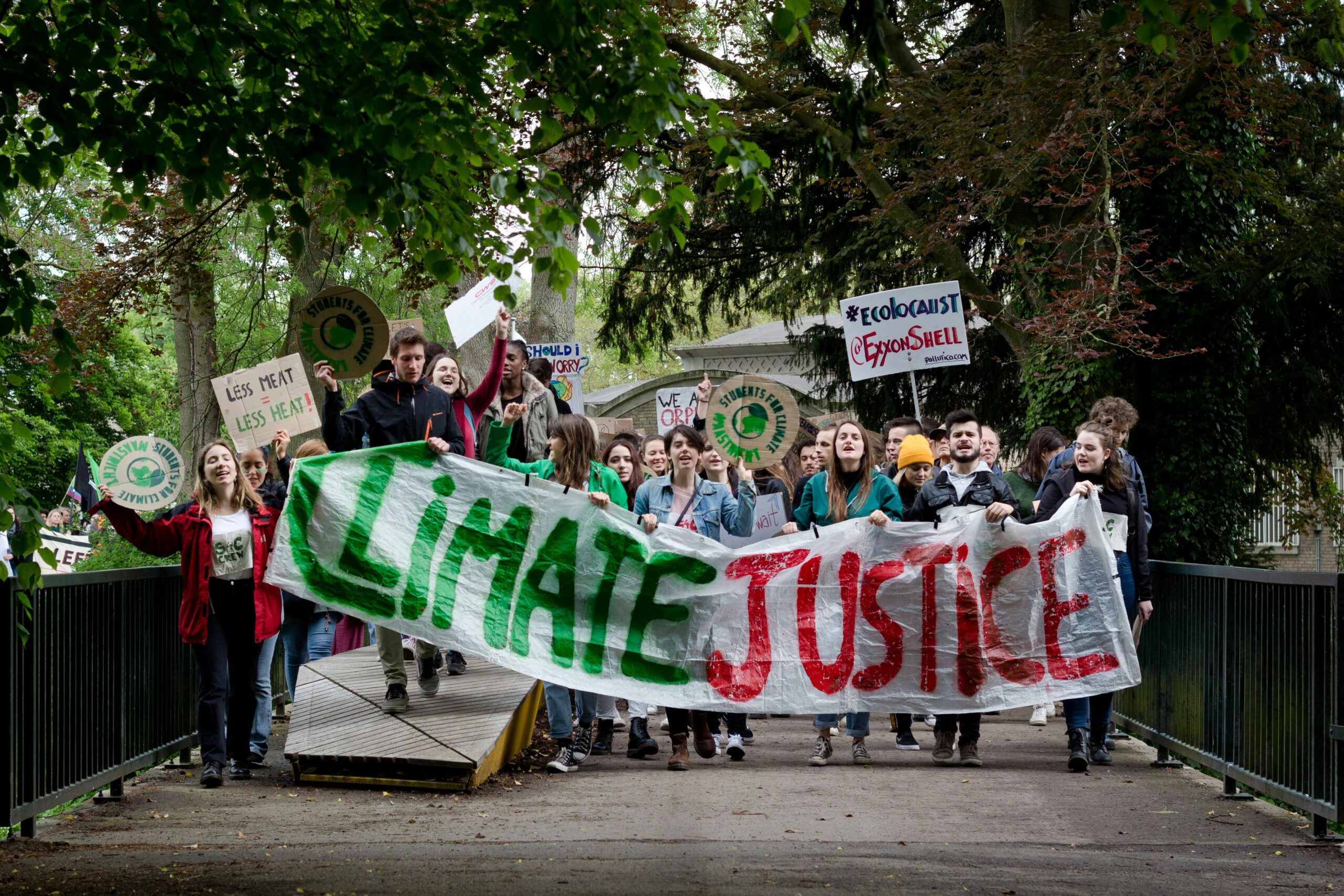The climate crisis demands unprecedented cooperation. Today, collective climate action initiatives offer humanity a lifeline, uniting individuals, communities, and nations toward environmental restoration.
🌍 Why Individual Efforts Aren’t Enough Anymore
For decades, environmental campaigns have emphasized individual responsibility—recycling, reducing plastic use, and conserving energy. While these actions matter, the scale of climate change requires transformative, systemic solutions that only collective action can deliver.
Scientific consensus confirms that global temperatures have risen approximately 1.1°C since pre-industrial times, with devastating consequences already visible worldwide. Extreme weather events, biodiversity loss, and ecosystem collapse threaten every corner of our planet. Individual actions, though valuable, cannot match the speed and magnitude needed to reverse these trends.
Collective climate action initiatives represent a paradigm shift. They harness the power of communities, organizations, and governments working synchronously toward common environmental goals. When thousands or millions unite behind shared objectives, the impact multiplies exponentially, creating momentum that drives policy changes, corporate accountability, and technological innovation.
The Science Behind Collective Impact 🔬
Research demonstrates that collective action initiatives achieve significantly greater environmental outcomes than isolated individual efforts. A study published in Nature Climate Change revealed that community-based climate programs reduced carbon emissions by 15-30% more effectively than individual household initiatives.
The mechanism behind this success involves several factors. First, collective initiatives create economies of scale, making sustainable technologies and practices more accessible and affordable. Second, they generate social norms that normalize environmentally responsible behavior. Third, unified voices exert stronger political pressure, accelerating legislative action on climate policies.
Additionally, collective movements foster knowledge sharing and innovation. When diverse stakeholders collaborate, they bring varied expertise, resources, and perspectives that generate creative solutions to complex environmental challenges. This collaborative intelligence proves far more effective than siloed approaches.
🌱 Successful Global Models of Climate Collaboration
Community-Powered Renewable Energy Projects
Across Europe, energy cooperatives have revolutionized how communities produce and consume electricity. In Germany alone, over 900 energy cooperatives involve more than 180,000 citizens who collectively own renewable energy infrastructure. These initiatives have accelerated the nation’s transition to clean energy while democratizing energy production.
Similar models thrive in Denmark, where community-owned wind turbines generate substantial portions of local electricity needs. These projects demonstrate how collective investment in renewable infrastructure creates sustainable energy independence while generating local economic benefits.
Urban Reforestation Movements
Cities worldwide are embracing collective tree-planting initiatives that transform urban landscapes. The Million Trees NYC campaign successfully planted one million trees across New York City between 2007 and 2015, involving thousands of volunteers and partner organizations. This massive green infrastructure now provides countless environmental benefits, including improved air quality, reduced urban heat islands, and enhanced biodiversity.
Melbourne’s Urban Forest Strategy similarly engaged citizens in expanding tree canopy coverage. The program assigned email addresses to individual trees, allowing residents to report maintenance needs. Unexpectedly, people began writing heartfelt letters to trees, creating emotional connections that strengthened community commitment to urban forestry.
Ocean Conservation Coalitions 🌊
Marine ecosystems face existential threats from pollution, overfishing, and acidification. Collective action initiatives like the Great Barrier Reef Foundation bring together governments, businesses, scientists, and local communities to protect and restore coral reef ecosystems. Their collaborative approach has mobilized hundreds of millions of dollars for reef restoration while advancing scientific understanding of coral resilience.
Similarly, the Ocean Cleanup project demonstrates how collective funding and technological innovation can address massive environmental challenges. This initiative has attracted global support to develop systems that remove plastic pollution from oceans, showcasing the power of unified purpose behind ambitious environmental goals.
🤝 Building Blocks of Effective Climate Collectives
Clear, Measurable Goals
Successful collective climate initiatives establish specific, quantifiable objectives. Vague aspirations lack the focus needed to mobilize sustained action. Whether the goal involves reducing emissions by a certain percentage, restoring specific acreage of wetlands, or achieving zero-waste status, clarity provides direction and enables progress tracking.
Inclusive Participation Structures
Effective climate collectives create accessible entry points for diverse participants. This means offering various engagement levels—from casual supporters to deeply committed activists—and ensuring that participation doesn’t require specialized knowledge or significant financial resources. Inclusivity strengthens movements by incorporating varied perspectives and broadening social impact.
Transparent Communication Systems
Trust forms the foundation of collective action. Regular, honest communication about progress, challenges, and decision-making processes maintains participant engagement and accountability. Modern technology facilitates this transparency through digital platforms that share real-time updates and enable collaborative input.
Strategic Partnerships 🔗
The most impactful climate initiatives forge alliances across sectors. Partnerships between nonprofits, businesses, academic institutions, and government agencies combine complementary strengths—nonprofit passion and community connections, corporate resources and efficiency, academic research and innovation, and governmental policy and funding.
Technology as an Amplifier of Collective Action 📱
Digital technology has revolutionized the scale and speed at which climate collectives can organize and operate. Mobile applications enable millions to track their environmental impact, participate in challenges, and connect with like-minded individuals. Social media platforms amplify environmental messages, rapidly spreading awareness and mobilizing support for climate initiatives.
Blockchain technology introduces new possibilities for transparent carbon tracking and trading, enabling communities to verify emission reductions and participate in carbon offset markets. Artificial intelligence helps analyze complex environmental data, identifying optimal intervention strategies and predicting initiative outcomes.
Crowdfunding platforms democratize environmental financing, allowing grassroots initiatives to access capital directly from supportive communities. This financial independence enables projects that might never receive traditional institutional funding, particularly those addressing local or niche environmental concerns.
🌾 Local Action, Global Impact: The Glocalization of Climate Initiatives
The most effective climate collectives balance local action with global awareness—a concept known as “glocalization.” These initiatives address specific community needs while contributing to worldwide environmental goals. This approach proves particularly powerful because it connects abstract global challenges to tangible local realities.
For instance, urban agriculture initiatives simultaneously address local food security, reduce transportation emissions, strengthen community bonds, and contribute to global emission reduction targets. Community gardens become microcosms of climate action where participants experience direct benefits while contributing to planetary health.
Similarly, local watershed protection efforts improve immediate water quality while contributing to global freshwater conservation. These initiatives demonstrate how environmental action need not choose between local and global relevance—properly designed, it achieves both simultaneously.
Overcoming Obstacles to Collective Climate Action 💪
The Coordination Challenge
Organizing diverse stakeholders toward common goals presents inherent difficulties. Different participants bring varied priorities, timelines, and expectations. Successful climate collectives address this through clear governance structures, defined roles, and established conflict resolution mechanisms. Regular convenings—whether physical or virtual—maintain alignment and address emerging challenges collaboratively.
Sustaining Long-Term Engagement
Environmental restoration operates on timescales that test human patience. Collective initiatives must maintain participant enthusiasm through years or decades required for meaningful impact. Strategies include celebrating incremental victories, sharing compelling progress stories, and creating social connections that provide intrinsic rewards beyond environmental outcomes.
Bridging the Diversity Gap
Climate initiatives sometimes struggle with demographic homogeneity, particularly in failing to engage marginalized communities most vulnerable to climate impacts. Overcoming this requires intentional outreach, culturally appropriate communication, addressing practical participation barriers, and ensuring leadership diversity that reflects the communities served.
🌟 Youth Leadership in Collective Climate Movements
Young people have emerged as powerful catalysts for collective climate action. Movements like Fridays for Future, initiated by Greta Thunberg, have mobilized millions of students worldwide in coordinated climate strikes. These youth-led initiatives bring moral urgency, digital fluency, and long-term stake in environmental outcomes.
Educational institutions increasingly serve as incubators for climate collectives. Student organizations coordinate campus sustainability initiatives, pressure institutions to divest from fossil fuels, and develop innovative solutions through academic research. These experiences prepare emerging leaders while generating immediate environmental benefits.
The intergenerational dimension of climate collectives also proves crucial. When youth activists collaborate with experienced environmental advocates, the combination of energy, innovation, wisdom, and networks produces particularly powerful movements capable of sustained impact.
Corporate Participation in Climate Collectives 🏢
Business engagement in collective climate action has evolved from greenwashing to genuine commitment. Progressive companies recognize that climate stability represents essential infrastructure for long-term prosperity. Many now participate in initiatives like the Science Based Targets initiative, committing to emission reductions aligned with climate science.
Corporate climate collectives leverage supply chain influence to multiply impact. When major retailers commit to sustainable sourcing, their requirements cascade through entire industries, transforming production practices globally. The Race to Zero campaign demonstrates this potential, uniting businesses, cities, and investors representing nearly 25% of global GDP behind net-zero commitments.
However, meaningful corporate participation requires accountability mechanisms that distinguish genuine action from performance. Third-party verification, transparent reporting, and stakeholder oversight help ensure that corporate involvement generates authentic environmental benefits rather than mere reputational advantages.
Policy Frameworks That Enable Collective Action 📋
Government policies significantly influence the viability and effectiveness of climate collectives. Supportive regulatory frameworks provide legal recognition, tax incentives, and funding mechanisms that lower barriers to collective organization. Feed-in tariffs for renewable energy, conservation easements for land protection, and grants for community environmental projects exemplify policies that catalyze collective action.
Conversely, restrictive regulations can hamper collective initiatives. Outdated zoning laws may prevent urban agriculture, while bureaucratic permitting processes discourage community renewable energy projects. Policy reform advocacy therefore becomes an essential component of many climate collectives, recognizing that systemic barriers require systemic solutions.
International agreements like the Paris Climate Accord create frameworks for global collective action, establishing shared targets and accountability mechanisms. These agreements work most effectively when complemented by grassroots initiatives that translate abstract commitments into concrete local actions.
🌈 The Psychological Power of United Purpose
Beyond practical benefits, collective climate action addresses psychological barriers that paralyze individual response. Climate anxiety—the overwhelming distress caused by environmental crisis awareness—affects millions globally. Collective initiatives transform this anxiety into agency, replacing helplessness with empowerment through meaningful participation.
The social dimension of climate collectives provides crucial emotional support. When individuals engage environmental challenges alongside others, they experience solidarity, shared purpose, and mutual encouragement that sustains commitment through difficulties. This community becomes a source of resilience against both environmental threats and the psychological burden of confronting them.
Research confirms that people underestimate others’ environmental concerns and commitment—a phenomenon called “pluralistic ignorance.” Collective action initiatives make environmental values visible, correcting misperceptions and normalizing climate-conscious behavior. As participation becomes socially expected rather than exceptional, collective norms shift toward sustainability.
Measuring Success in Collective Climate Initiatives 📊
Effective evaluation requires both quantitative metrics and qualitative assessments. Environmental outcomes—emission reductions, habitat restored, species protected—provide essential data on ecological impact. However, equally important are indicators of social capital, community capacity, and participant empowerment generated through collective processes.
Long-term success metrics should evaluate systemic change: Has the initiative influenced policy? Did it shift market dynamics? Has it built enduring organizational capacity for continued environmental action? These deeper transformations often determine whether temporary projects generate lasting environmental benefits.
Adaptive management approaches allow collectives to learn from experience, adjusting strategies based on rigorous impact assessment. This iterative process combines scientific monitoring with participant feedback, creating responsive initiatives that improve effectiveness over time.
🚀 Scaling Collective Climate Action for Maximum Impact
Successful pilot projects face the critical challenge of scaling impact. Strategies include replication—sharing models that enable other communities to launch similar initiatives—and expansion—growing existing projects to serve larger populations or address broader environmental challenges.
Networked approaches prove particularly effective for scaling. Rather than single organizations growing indefinitely, networks of autonomous but coordinated initiatives multiply impact while maintaining local responsiveness. The Transition Town movement exemplifies this model, with hundreds of community-led initiatives worldwide sharing principles and practices while adapting to local contexts.
Technology platforms enable unprecedented scaling opportunities. Digital tools can coordinate millions of participants simultaneously, processing contributions that collectively generate massive impact. However, technological scaling must preserve the human connections and community ownership that make climate collectives resilient and meaningful.
Your Invitation to Collective Climate Leadership 🌻
Every person possesses unique capacities to contribute to collective climate solutions. Professional expertise, local knowledge, social networks, creative talents, organizational skills—all become valuable assets within collaborative environmental initiatives. The question isn’t whether you have something to offer, but rather which collective efforts align with your particular gifts and passions.
Starting involvement often requires simply connecting with existing initiatives in your community. Local environmental organizations, sustainability committees, conservation groups, and climate action networks offer numerous entry points. Online platforms connect people with opportunities matching their interests and availability, from citizen science projects to advocacy campaigns.
For those inspired to initiate new collectives, abundant resources support climate entrepreneurship. Toolkits, training programs, and mentorship networks help transform environmental vision into organized action. Remember that successful initiatives often begin small, building capacity and participation incrementally rather than attempting immediate large-scale transformation.

🌏 The Urgency and Opportunity of This Moment
Climate science presents sobering realities about the narrow window remaining for meaningful intervention. The next decade determines whether humanity navigates toward relative stability or catastrophic environmental breakdown. This urgency demands immediate, ambitious collective action across all sectors and scales.
Yet within this urgency lies extraordinary opportunity. The transition to sustainable systems represents the greatest transformation in human history—reimagining energy, food, transportation, manufacturing, and consumption. This transition will generate millions of jobs, drive technological innovation, improve public health, and enhance quality of life. Collective climate initiatives position communities to shape and benefit from these transformations rather than being passively subjected to them.
History demonstrates that collective movements achieve seemingly impossible goals when unified by compelling purpose. The climate crisis presents precisely such a purpose—survival and flourishing of life on Earth. Harnessing humanity’s collaborative capacity toward this existential challenge represents our generation’s defining opportunity and responsibility.
The power to save our planet doesn’t reside in isolated individual actions or distant institutional decisions alone. It emerges from the synergy of collective efforts—communities, organizations, and movements united by shared environmental commitment. Every participation strengthens this growing force, accelerating the transformation toward planetary sustainability. The future remains unwritten, and collective climate action represents humanity’s most powerful tool for authoring a story of regeneration rather than collapse. Unite with others, contribute your unique gifts, and together we’ll build the greener future our planet desperately needs and our children rightfully deserve.
Toni Santos is a global-policy researcher and ethical-innovation writer exploring how business, society and governance interconnect in the age of interdependence. Through his studies on corporate responsibility, fair trade economics and social impact strategies, Toni examines how equitable systems emerge from design, policy and shared vision. Passionate about systemic change, impact-driven leadership and transformative policy, Toni focuses on how global cooperation and meaningful economy can shift the scenario of globalization toward fairness and purpose. His work highlights the intersection of economics, ethics and innovation — guiding readers toward building structures that serve people and planet. Blending policy design, social strategy and ethical economy, Toni writes about the architecture of global systems — helping readers understand how responsibility, trade and impact intertwine in the world they inhabit. His work is a tribute to: The global commitment to equity, justice and shared prosperity The architecture of policy, business and social impact in a connected world The vision of globalization as cooperative, human-centred and regenerative Whether you are a strategist, policymaker or global thinker, Toni Santos invites you to explore ethical globalization — one policy, one model, one impact at a time.




